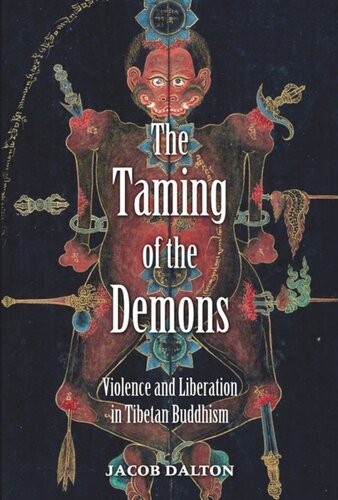

Most ebook files are in PDF format, so you can easily read them using various software such as Foxit Reader or directly on the Google Chrome browser.
Some ebook files are released by publishers in other formats such as .awz, .mobi, .epub, .fb2, etc. You may need to install specific software to read these formats on mobile/PC, such as Calibre.
Please read the tutorial at this link: https://ebookbell.com/faq
We offer FREE conversion to the popular formats you request; however, this may take some time. Therefore, right after payment, please email us, and we will try to provide the service as quickly as possible.
For some exceptional file formats or broken links (if any), please refrain from opening any disputes. Instead, email us first, and we will try to assist within a maximum of 6 hours.
EbookBell Team

4.7
106 reviewsThe Taming of the Demons examines mythic and ritual themes of violence, demon taming, and blood sacrifice in Tibetan Buddhism. Taking as its starting point Tibet’s so-called age of fragmentation (842 to 986 C.E.), the book draws on previously unstudied manuscripts discovered in the “library cave” near Dunhuang, on the old Silk Road. These ancient documents, it argues, demonstrate how this purportedly inactive period in Tibetan history was in fact crucial to the Tibetan assimilation of Buddhism, and particularly to the spread of violent themes from tantric Buddhism into Tibet at the local and the popular levels. Having shed light on this “dark age” of Tibetan history, the second half of the book turns to how, from the late tenth century onward, the period came to play a vital symbolic role in Tibet, as a violent historical “other” against which the Tibetan Buddhist tradition defined itself.